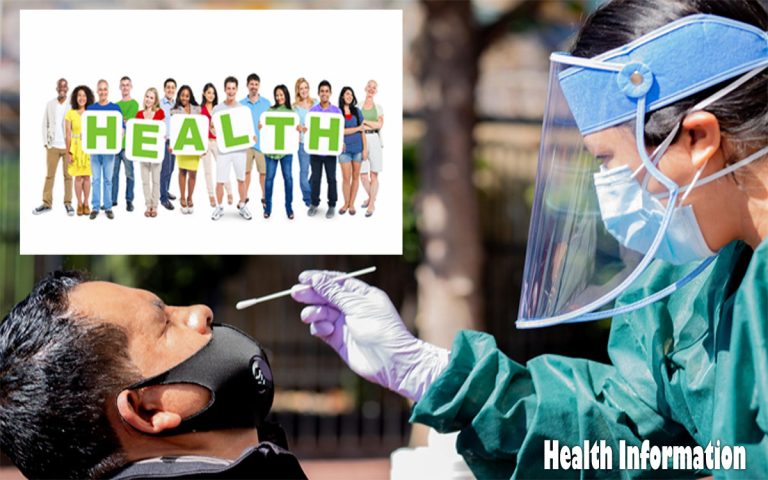Rebuilding the Tower of Babel – A CEO’s Viewpoint on Health Information and facts Exchanges
Defining a Health Information Exchange
The United States is facing the largest shortage of healthcare practitioners in our country’s history that is compounded by an ever-growing geriatric population. In 2005 there existed one geriatrician for just about every 5,000 US residents more than 65 and only nine of your 145 health-related schools trained geriatricians. By 2020 the industry is estimated to be quick 200,000 physicians and over a million nurses. Under no circumstances, in the history of US healthcare, has a lot been demanded with so few personnel. Simply because of this shortage combined with all the geriatric population improve, the health-related neighborhood has to discover a way to offer timely, accurate information and facts to those who require it uniformly.
Envision if flight controllers spoke the native language of their nation as an alternative to the current international flight language, English. This example captures the urgency and essential nature of our need for standardized communication in healthcare. A healthful info exchange can help boost safety, reduce the length of hospital stays, reduce down medication errors, reduce redundancies in lab testing or procedures and make the health system quicker, leaner, and more productive. The aging US population as well as those impacted by a chronic illness like diabetes, cardiovascular illness, and asthma will need to see additional specialists who will have to locate a strategy to communicate with main care providers correctly and efficiently.
History of Health Information Exchanges
Big urban centers in Canada and Australia have been the very first to effectively implement his. The success of those early networks was linked to an integration with principal care EHR systems currently in the spot. Health Level 7 (HL7) represents the initial health language standardization system in the United States of America, beginning with a meeting at the University of …











